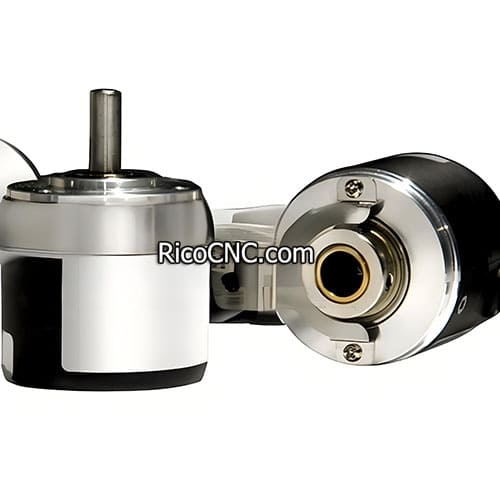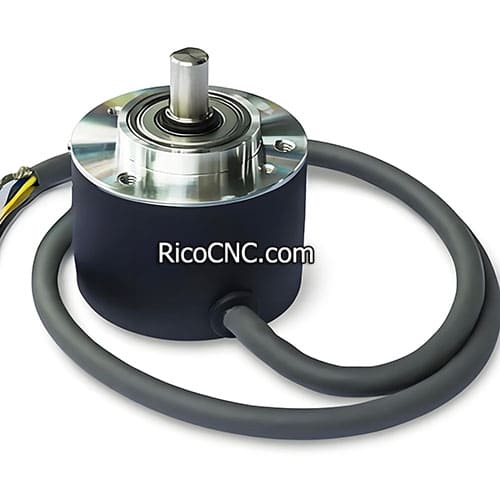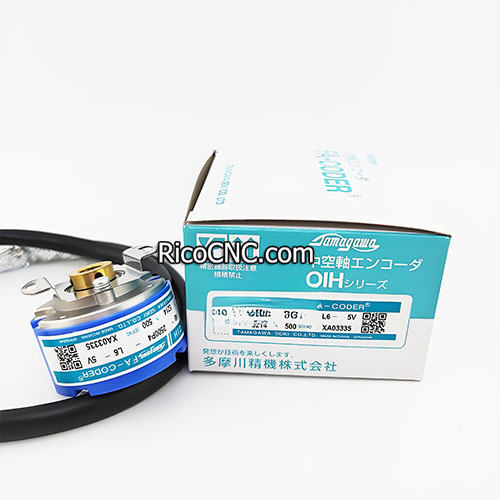
Essential Guide: How to Clean and Repair Your Rotary Encoder for Optimal Performance
Are you struggling with a malfunctioning rotary encoder? Don't worry, you're not alone. Rotary encoders are crucial components in many industrial and consumer applications, but they can sometimes fall victim to wear and tear. This comprehensive guide will walk you through the basics of cleaning and repairing your rotary encoder, ensuring it continues to function at its best. Whether you're a seasoned engineer or a curious DIY enthusiast, this article will provide valuable insights to help you maintain and troubleshoot these important devices.
What is a Rotary Encoder and Why is it Important?
Rotary encoders are electromechanical devices that convert the angular position or motion of a shaft into an analog or digital signal. They play a critical role in various applications, from industrial machinery to consumer electronics. But what makes them so essential?Rotary encoders provide precise feedback on position, speed, and direction, making them invaluable in applications requiring accurate motion control. From CNC machines to robotics, these devices ensure smooth and precise operations. Understanding their importance is the first step in maintaining them properly.
Common Issues with Rotary Encoders: What Can Go Wrong?
Like any mechanical device, rotary encoders can experience problems over time. But what are the most common issues you might encounter?
Dust and debris accumulation
Mechanical wear and tear
Electrical connection problems
Misalignment of components
Identifying these issues early can save you time and money in the long run. Regular maintenance and prompt attention to any signs of malfunction are key to keeping your rotary encoder in top shape.
How Often Should You Clean Your Rotary Encoder?
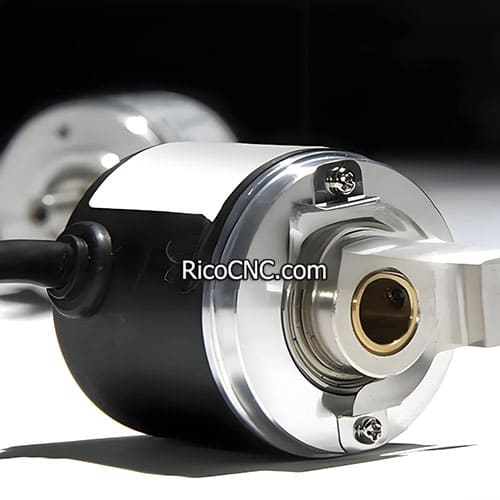
The frequency of cleaning your rotary encoder depends on its environment and usage. But how do you determine the right cleaning schedule?In general, encoders in dusty or harsh environments may need cleaning more frequently, perhaps every few months. For cleaner environments, annual cleaning might suffice. However, it's essential to monitor your encoder's performance and clean it whenever you notice any irregularities in its output.
What Tools Do You Need for Rotary Encoder Maintenance?
Before you start cleaning or repairing your rotary encoder, it's crucial to have the right tools on hand. What should be in your maintenance kit?
Soft, lint-free cloths
Isopropyl alcohol
Compressed air
Small brushes
Multimeter
Screwdrivers and other basic hand tools
Having these tools readily available will make the maintenance process smoother and more effective.
Step-by-Step Guide: How to Clean Your Rotary Encoder
Now that you're prepared, let's walk through the cleaning process. How can you effectively clean your rotary encoder without damaging it?
Disconnect the power: Safety first! Always disconnect the encoder from its power source before cleaning.
Remove the encoder: If possible, remove the encoder from its mounting for easier access.
Use compressed air: Gently blow out any loose dust or debris.
Clean with alcohol: Use a lint-free cloth dampened with isopropyl alcohol to clean the encoder's surfaces.
Dry thoroughly: Ensure all components are completely dry before reassembly.
Reassemble and test: Put everything back together and test the encoder's functionality.
Remember, gentle handling is key throughout this process to avoid damaging sensitive components.
Troubleshooting: How to Identify and Fix Common Rotary Encoder Problems
Sometimes, cleaning alone isn't enough to resolve issues with your rotary encoder. How can you identify and address more serious problems?
Erratic output: This could indicate worn bearings or a dirty code wheel. Clean thoroughly and replace bearings if necessary.
No output: Check electrical connections and power supply. Use a multimeter to test for continuity.
Inconsistent readings: This might be due to misalignment. Ensure the encoder is properly mounted and aligned.
Mechanical noise: Lubricate bearings or replace if worn out.
For more complex issues, consulting the manufacturer's documentation or seeking professional help may be necessary.
When Should You Consider Replacing Your Rotary Encoder?
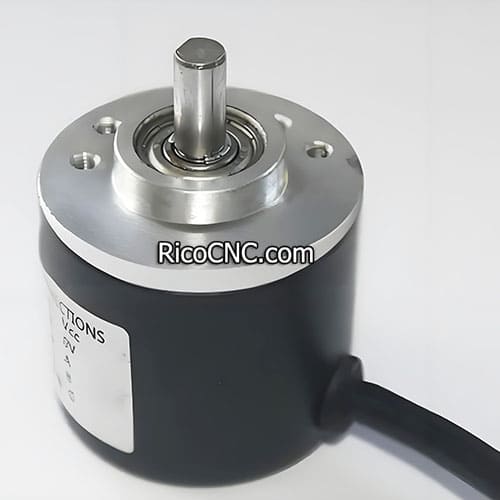
While maintenance can extend the life of your rotary encoder, there comes a time when replacement is the best option. But how do you know when that time has come?
Persistent issues despite regular maintenance
Visible physical damage to the encoder housing or components
Significant decrease in accuracy or reliability
When repair costs approach the price of a new encoder
Remember, the cost of downtime and potential errors can often outweigh the cost of a new encoder. Industrial automation experts can help you make this decision if you're unsure.
How Can You Prevent Future Rotary Encoder Issues?
Prevention is always better than cure. What steps can you take to minimize future problems with your rotary encoder?
Regular cleaning and maintenance
Proper installation and alignment
Protection from harsh environments
Using the right encoder for your application
Regular performance monitoring
By implementing these preventive measures, you can significantly extend the life and reliability of your rotary encoder.
What Are the Different Types of Rotary Encoders and Their Maintenance Needs?
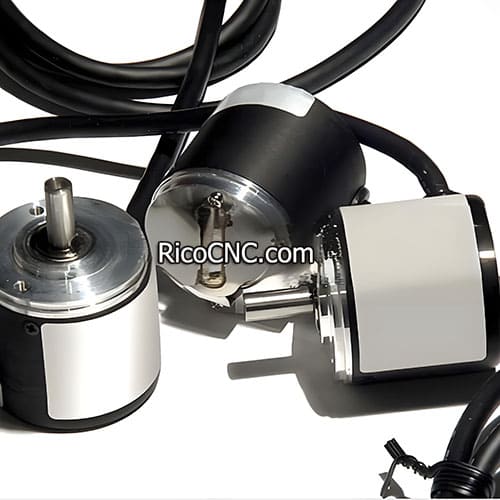
Not all rotary encoders are created equal. Different types may have specific maintenance requirements. What are the main types and how do their needs differ?
Optical encoders: These are sensitive to dust and require careful cleaning.
Magnetic encoders: More robust against contamination but can be affected by strong magnetic fields.
Capacitive encoders: Less sensitive to contamination but may require special cleaning procedures.
Understanding the specific needs of your encoder type can help you maintain it more effectively.
How Do Environmental Factors Affect Rotary Encoder Performance?
Environmental conditions can significantly impact the performance and lifespan of your rotary encoder. But what factors should you be most concerned about?
Temperature fluctuations
Humidity and moisture
Dust and particulates
Vibration and shock
Mitigating these environmental factors through proper enclosures, seals, and mounting can greatly enhance your encoder's reliability and longevity.In conclusion, maintaining your rotary encoder is crucial for ensuring the smooth operation of your equipment. By following these cleaning and repair tips, you can extend the life of your encoder and avoid costly downtime. Remember, regular maintenance is key to optimal performance.Key takeaways:
Clean your rotary encoder regularly based on its environment and usage
Use the right tools and techniques for cleaning and troubleshooting
Identify common issues early and address them promptly
Consider replacement when repairs become frequent or costly
Implement preventive measures to avoid future problems
Understand the specific needs of your encoder type
Protect your encoder from harsh environmental factors
By keeping these points in mind, you'll be well-equipped to keep your rotary encoders in top condition, ensuring the reliability and efficiency of your industrial equipment.
RicoCNC can supply a series of rotary encoder:
Tamagawa TS5246N160 OIH100-8192P20-L6-5V FA-CODER Incremental Elevator Rotary Encoder
TS5213N2503 TAMAGAWA FA-CODER OIH50 Series Optical Rotary Elevator Encoder
TS5213N578 FA-CODER DAA633K6-K8A TAMAGAWA Incremental Optical Rotary Encoder
TS5213N161 TAMAGAWA OIH100-2048C/T-S5-5V FA-CODER Incremental Rotary encoder
Welcome your inquiry
